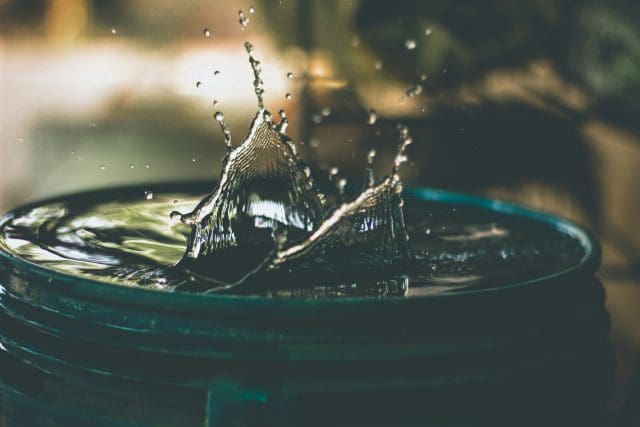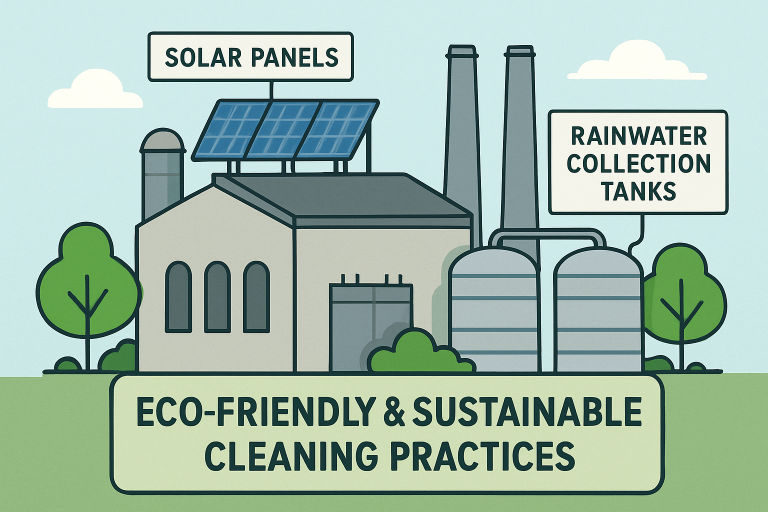
Understanding the Environmental Challenges of Industrial Cleaning
Industrial cleaning is essential for maintaining the safety and functionality of industrial sites. However, the methods and chemicals traditionally used in industrial cleaning can have far-reaching environmental impacts. Many routine practices release pollutants into the air and water, contaminating ecosystems and increasing health risks for nearby communities. Challenges such as the emission of volatile organic compounds (VOCs) and improper waste disposal directly contribute to air quality issues, waterway contamination, and soil degradation.
The urgency to adopt more sustainable alternatives in industrial cleaning has never been greater. By addressing the sources of pollution and adopting responsible practices, facilities can operate efficiently while protecting surrounding ecosystems and ensuring public health.
Adopting Eco-Friendly Cleaning Products
Transitioning to green cleaning products is a fundamental aspect of modern industrial maintenance. Eco-friendly cleaning agents are designed to minimize toxicity; they are often biodegradable, phosphate-free, and contain no chlorine or ammonia, which are common culprits in waterway pollution. According to the U.S. Environmental Protection Agency, identifying greener cleaning products involves looking for those with safer chemical ingredients and verified third-party certifications. The use of these products not only prevents the buildup of hazardous substances in the environment but also makes the workplace safer for staff and contractors exposed to cleaning agents daily.
Responsible sourcing and proper labeling enable industries to select cleaning products that comply with global environmental standards, thereby reducing the risk of accidental chemical release and adverse ecological impact. Numerous studies have shown that green cleaners reduce overall environmental burdens, encouraging more facilities to make the switch.
Implementing Water Conservation Techniques
With increasing pressure on water resources, industrial facilities are turning towards innovative water management. Methods such as rainwater harvesting and graywater reuse highlight how circular economy approaches can be directly implemented into the cleaning process. Rainwater harvesting allows industries to collect precipitation for use in cleaning operations, while graywater systems repurpose gently used water for non-potable purposes.
These water-saving initiatives not only reduce the facility’s overall consumption but also lower costs associated with water procurement and discharge. Facilities that lead in sustainable water management help set industry benchmarks and meet regulatory compliance, addressing both economic and environmental responsibilities.

Utilizing Energy-Efficient Cleaning Equipment
The upgrade to energy-efficient equipment is making notable gains in the industrial cleaning sector. Modern cleaning machinery, including high-efficiency vacuums and battery-powered floor sweepers, delivers powerful cleaning results with significantly less energy input. Equipment that uses advanced motors and adjustable settings ensures energy is only applied when necessary, making these machines a cornerstone of any green cleaning strategy.
Adopting these technologies not only leads to direct reductions in energy consumption and carbon emissions but also improves the overall cost-effectiveness of industrial cleaning operations. Further guidance on energy-efficient practices can be found through Energy.gov, a reputable public resource for sustainable energy solutions.
Embracing Innovative Cleaning Methods
Innovation is driving a revolution in industrial cleaning methods. Techniques such as dry ice blasting and steam cleaning offer viable alternatives to chemical-heavy cleaning and traditional water-based approaches. Dry ice blasting, for example, utilizes frozen carbon dioxide pellets that sublimate on contact, leaving no secondary waste. Steam cleaning utilizes high-temperature vapor to sanitize surfaces, thereby reducing both water and chemical usage.
These methods are not only effective in addressing tough industrial grime but also promote a safer and cleaner work environment, significantly mitigating the risks of harmful runoff or pollution.
Integrating Smart Cleaning Technologies
The role of smart technologies is rapidly growing in the industrial cleaning sector. With IoT-enabled sensors and automation, companies can monitor their operations in real-time, track resource usage, and identify ways to increase efficiency. These systems ensure that cleaning processes happen only when needed, optimizing resource consumption and minimizing unnecessary waste.
Data-driven insights obtained from smart technology platforms also provide clues for long-term improvement and prevent routine overuse of chemicals and water, supporting a holistic and data-informed approach to sustainability.
Reducing Waste Through Sustainable Practices
Waste reduction is essential to any greening initiative. Industrial facilities are transitioning toward reusable materials, comprehensive recycling programs, and cleaning product concentrates that minimize bulk packaging and reduce the use of single-use plastics. Initiatives such as using refillable containers and purchasing products with minimal, recyclable packaging further decrease the facility’s ecological footprint.
Streamlined waste management not only supports environmental goals but also demonstrates a clear business case for sustainability through cost savings and improved regulatory compliance.
Committing to Continuous Improvement and Compliance
Sustainability is an ongoing commitment. Regular assessments of cleaning protocols, staying current on emerging technologies, and investing in workforce education drive continual improvements. Strict adherence to national and international environmental standards helps companies avoid legal issues, enhances reputation, and fosters trust among communities and stakeholders.
This comprehensive approach ensures that modern industrial cleaning practices advance operational excellence while firmly aligning with global sustainability requirements.
By embedding these sustainable practices into every level of operations, industrial organizations can meaningfully reduce their environmental footprint and lead the way in responsible industry transformation.



